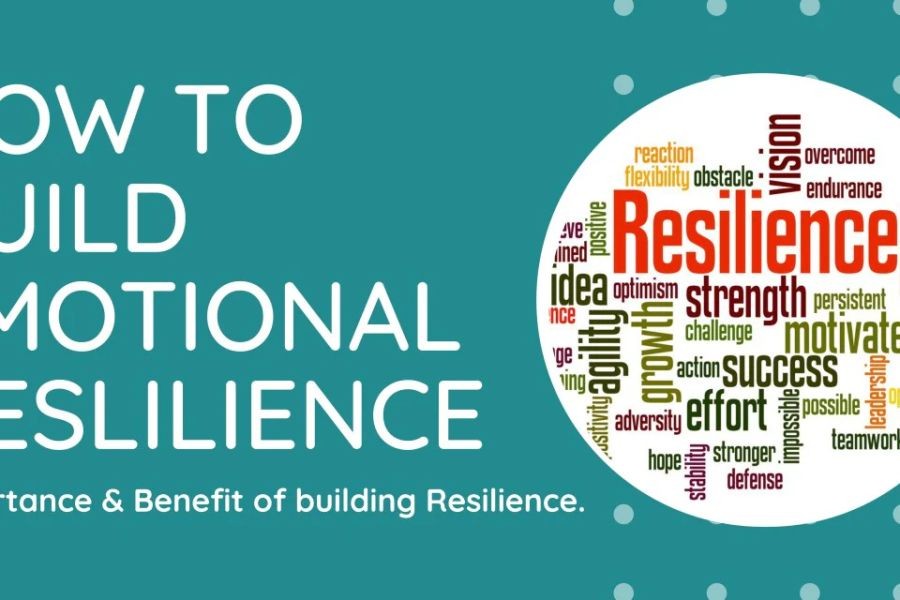In the wake of the pandemic, the landscape of study abroad programs has undergone profound changes that will continue to shape the sector over the next decade. For Australia, a country renowned for its robust educational offerings and vibrant international student community, these changes present both challenges and opportunities. As we anticipate the evolution of study abroad programs, we must consider factors such as technological advancements, shifting economic landscapes, and policy changes that will impact how students engage with international education.
The Current Landscape of Study Abroad in Australia
Australia has long been a favored destination for international students, thanks to its world-class universities and multicultural environment. According to the Australian Bureau of Statistics (ABS), international education contributed over $40 billion to the Australian economy in 2019, making it one of the country's largest export sectors. However, the pandemic caused a significant disruption, with border closures and travel restrictions drastically reducing the number of incoming students.
Post-Pandemic Recovery: A Slow but Steady Rebound
Since the reopening of borders, the Australian education sector has been on a path to recovery. The Treasury AU predicts a gradual increase in international student numbers, with a full recovery expected by 2025. Universities are adapting by offering hybrid models that combine online and in-person learning to accommodate students who may still face travel restrictions or prefer the flexibility of online education.
Technological Advancements: A Catalyst for Change
Technology will play a crucial role in the future of study abroad programs. Virtual reality (VR) and augmented reality (AR) are being integrated into educational experiences, allowing students to immerse themselves in foreign cultures from their home countries. This technological shift not only enhances learning but also makes international education more accessible to students who may not have the means to travel abroad.
Case Study: University of Sydney's Digital Transformation
The University of Sydney has been at the forefront of adopting digital tools to enhance its study abroad programs. During the pandemic, the university launched a virtual exchange program that allowed students to take courses from international partner institutions online. This initiative was not only a response to travel restrictions but also a strategic move to diversify the university's offerings.
Problem: The university faced a significant drop in international enrollment due to the pandemic.
Action: By leveraging digital platforms, the university created a virtual exchange program that included online courses, digital cultural experiences, and virtual networking opportunities.
Result: Enrollment in these programs increased by 30% compared to traditional study abroad numbers, demonstrating the potential of digital solutions in expanding access to international education.
Takeaway: The success of this initiative highlights the importance of embracing digital transformation in education. Australian universities can leverage technology to reach a broader audience and enhance the international student experience.
Economic Factors: The Impact of Currency Fluctuations
Currency exchange rates play a significant role in the affordability of study abroad programs. The Reserve Bank of Australia (RBA) has noted that fluctuations in the Australian dollar can impact the cost of education for international students. A stronger Australian dollar can make education more expensive for students from countries with weaker currencies, potentially reducing enrollment numbers.
Conversely, a weaker Australian dollar can boost the appeal of Australian education by making it more affordable for international students. As such, universities must remain agile and responsive to currency trends to maintain their competitiveness in the global market.
Regulatory Insights: Navigating Policy Changes
Regulations governing international education are constantly evolving. The Australian Competition & Consumer Commission (ACCC) has been proactive in ensuring that education providers comply with consumer protection laws, especially in the context of online and hybrid learning models. Institutions must stay abreast of regulatory changes to ensure compliance and protect their reputations.
Myths and Misconceptions: Debunking Common Beliefs
- Myth: "Online learning is less effective than in-person education." Reality: Research from the University of Melbourne shows that well-designed online courses can enhance learning outcomes, with students achieving similar, if not better, results compared to traditional classroom settings.
- Myth: "Study abroad is only for wealthy students." Reality: Scholarship programs and financial aid options have made study abroad more accessible to students from diverse economic backgrounds. For instance, the Australian Government's New Colombo Plan offers scholarships to support students studying in the Indo-Pacific region.
- Myth: "English-speaking countries are the only valuable destinations for study abroad." Reality: Non-English-speaking countries offer unique cultural and linguistic experiences that can be equally valuable in enhancing students' global competencies.
Future Trends: What's Next for Study Abroad Programs?
Looking ahead, the study abroad sector is poised for significant transformation. By 2030, we anticipate that half of all study abroad programs will incorporate virtual components, allowing for a more flexible and inclusive approach to international education. Furthermore, partnerships between Australian universities and industry leaders will create opportunities for students to engage in international internships and research projects, enhancing their employability in a globalized workforce.
Additionally, the focus on sustainability will drive the development of programs that emphasize eco-friendly travel and study practices. As students become more environmentally conscious, universities will need to adapt by offering programs that align with these values.
Conclusion: Embracing Change for a Brighter Future
The post-pandemic era presents a unique opportunity for the study abroad sector to innovate and adapt. By embracing technological advancements, responding to economic shifts, and aligning with regulatory frameworks, Australian universities can continue to attract and support international students. As we look to the future, the key to success lies in flexibility, inclusivity, and a commitment to providing transformative educational experiences.
What are your thoughts on the future of study abroad programs? Share your insights and experiences in the comments below!
People Also Ask
- How has the pandemic affected study abroad programs in Australia? The pandemic significantly reduced international student numbers due to border closures, but Australian universities are now adopting hybrid models to accommodate students and facilitate recovery.
- What technological advancements are shaping the future of study abroad? Virtual reality and augmented reality are enhancing international education by allowing immersive cultural experiences from anywhere in the world.
- How can students afford study abroad programs post-pandemic? Scholarships and financial aid, such as the Australian Government's New Colombo Plan, make study abroad more accessible to students from diverse economic backgrounds.
Related Search Queries
- Future of study abroad in Australia
- Impact of technology on international education
- Economic factors affecting study abroad
- Post-pandemic changes in education sector
- Sustainability in study abroad programs
- Virtual reality in education
- Scholarship programs for study abroad
- Hybrid learning models in universities
- Australian education sector recovery
- Regulatory changes in international education
































JoyWelch88
6 months ago